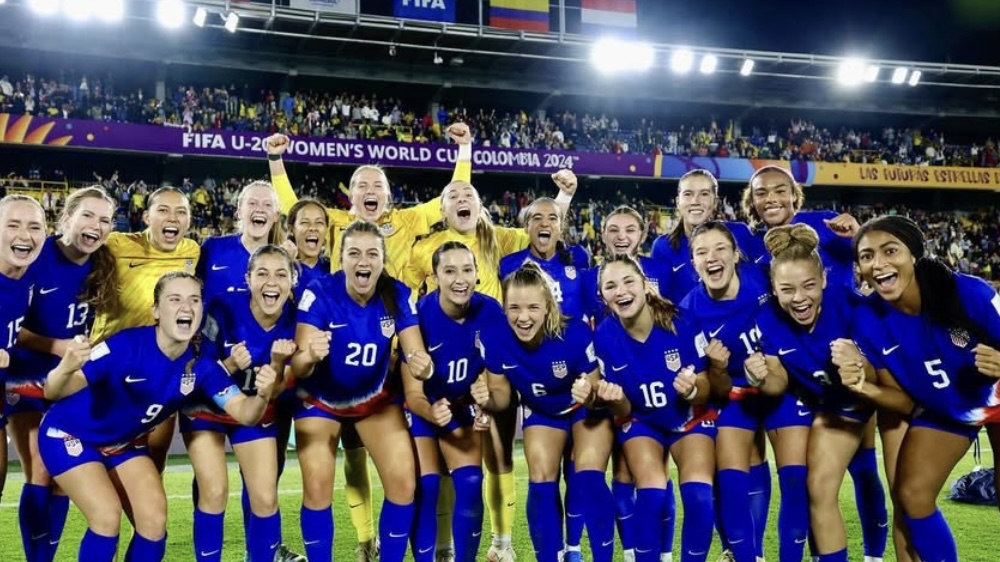Navigating the Labyrinth of Women’s College Soccer: NCAA Divisions vs. NAIA
When it comes to women’s college soccer in the United States, two distinct governing bodies oversee the sport: the NCAA (National Collegiate Athletic Association) and the NIAA (National Association of Intercollegiate Athletics). Both organizations provide opportunities for female athletes to compete at the collegiate level, but they do so with key differences that can significantly impact a player’s experience and the level of competition they face.
NCAA Women’s Soccer: A Multidivisional Powerhouse
The NCAA is perhaps the more well-known of the two governing bodies, with its multiple divisions offering a broad spectrum of competition levels. NCAA is divided into three primary women’s college soccer divisions: Division I, II, and III.
Division I
This is the highest level of collegiate women’s soccer. Division I schools typically have larger budgets, extensive athletic scholarships, and top-notch facilities. The competition here is fierce, with teams vying for conference championships and berths in the NCAA Tournament. The intense competition often leads to a higher level of exposure for athletes. Division I soccer games are frequently televised and attract larger crowds.
Division II
While Division II schools may not have the same financial resources as their Division I counterparts, they still offer a competitive soccer environment. Athletic scholarships are available but are not as generous as in Division I. The balance between academics and athletics is often emphasized at the Division II level, providing student-athletes with a more well-rounded college experience.
Division III
Division III institutions prioritize the student-athlete experience and do not offer athletic scholarships but do offer “need-based” or “merit-based” scholarships. Soccer players in Division III compete at a high level but are often motivated by their passion for the sport and the desire to excel academically. This division promotes a more balanced approach to college life, focusing on personal growth and development.
NAIA Women’s Soccer: A Unique Pathway
In contrast to the NCAA, the NAIA takes a different approach to women’s college soccer. The NAIA is known for its commitment to smaller schools and offers opportunities for student-athletes who might not have the chance to compete at the NCAA level.
Small Schools and Close-Knit Communities: NAIA member schools tend to be smaller, fostering a close-knit and supportive community for student-athletes. These institutions often prioritize academic excellence alongside athletic achievements.
Limited Athletic Scholarships: Unlike the NCAA, the NAIA offers limited athletic scholarships. This can make it more challenging for student-athletes to secure funding solely based on their athletic prowess. This encourages players to excel academically as well.
Geographic Diversity: The NAIA’s member schools are spread across the country. This provides opportunities for student-athletes from various regions to compete at the collegiate level without requiring extensive travel.
The Decision-Making Process: When choosing between NCAA and NAIA soccer programs, student-athletes must consider their priorities. NCAA Division I offers a highly competitive environment and greater exposure, while Division II and III provide a balanced approach. NAIA institutions offer a unique college experience, often with smaller class sizes and a strong emphasis on academics.
In conclusion, choosing between NCAA and NAIA women’s soccer programs ultimately depends on a student-athlete’s goals, priorities, and abilities. The NCAA offers a wide range of competition levels, while the NAIA focuses on smaller schools and academic excellence. Both pathways provide valuable opportunities for female soccer players to pursue their passion for the game while earning a college education. The important thing is to find the right fit for individual goals and aspirations. Whether competing at the highest level or finding a nurturing and supportive community at a smaller institution, each option is unique.
_
GIRLS SOCCER NETWORK: YOUR SOURCE FOR GIRLS SOCCER NEWS













